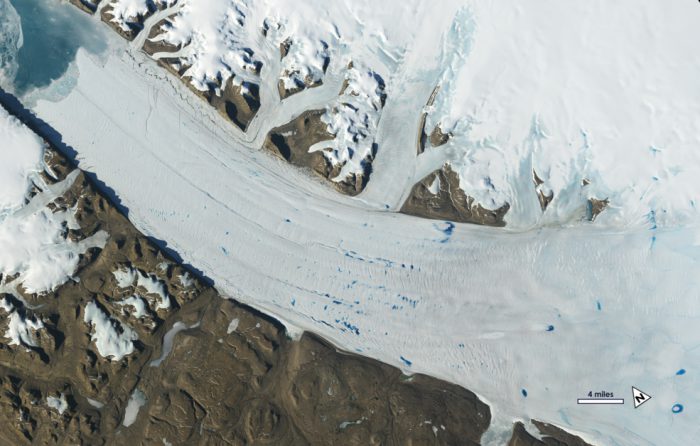Glaciers are enormous bodies of ice that are sort of like frozen rivers. And though they do flow, they are known for their exceptionally slow movement. Saying that something moves at a 'glacial pace' means that it take years, decades, centuries, even many millennia to unfold.
Naturally, getting a handle on something that moves that slow isn't easy. But there is a way. Time-lapse satellite photography.
Year by year...
Since 1972, NASA and the U.S. Geological Survey have been running satellite missions called Landsat. Their only job? Take pictures of Earth from space. Millions upon millions of pictures, year after year. When stitched together, they can give an amazing look at changes to Earth's landscape over the decades.
Now, NASA and the Goddard Space Institute have put together six-second time-lapse videos of all of Alaska and Yukon's glaciers, covering 1972 to 2019. What do they show? In some cases, glaciers retreat. In others, they swell and contract, like a lung. One even spreads out, like a bottle of poured maple syrup.
But in all cases, they move. Take it all in for yourself in the video below, narrated by glaciologist Mark Fahnestock of the University of Alaska Fairbanks.
 Satellite images of glaciers, such as the Petermann glacier in Greenland, are very important to scientists. (NASA)
Satellite images of glaciers, such as the Petermann glacier in Greenland, are very important to scientists. (NASA)










The film’s choppy.